7 Things to Know About Foo Dogs
http://decor-ideas.org 11/22/2014 01:14 Decor Ideas
Foo dog statues, with their striking, often colorful appearance, have become a favorite of decorators in the West — but their history spans thousands of years, tracing back to ancient China. If you’ve ever spied these creatures and found yourself wondering about them, here are seven things to know about foo dogs.
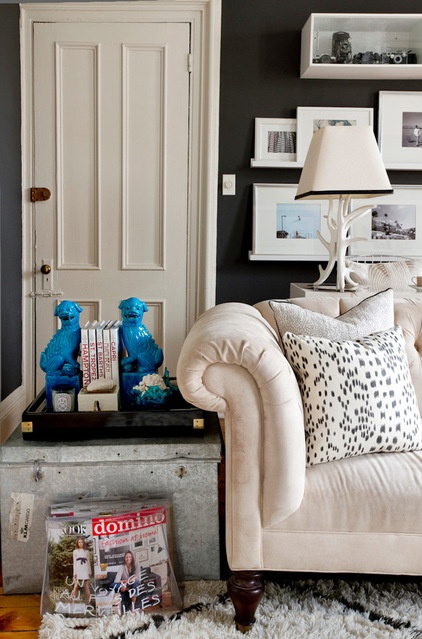
1. Foo dogs are actually lions. In China, where foo dogs originated, they are called shi, meaning “lion,” or shishi, meaning “stone lion.” They do share a resemblance with the Chow Chow and Shih Tzu, which led these figures to be called foo dogs (or fu dogs) in English — though you may also see them referred to as Chinese guardian lions, guardian dogs or stone temple dogs.
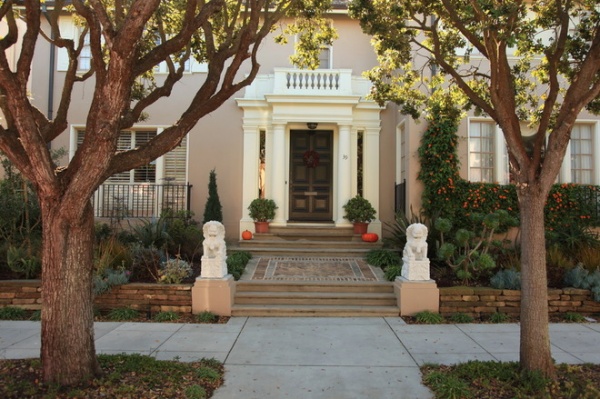
2. Foo dogs started out outdoors. Standing sentry in front of palaces, temples and homes of the elite, foo dogs were first made of stone and could be quite massive! These impressive beasts, with their wide-open mouths as if in midroar, signified that the place they were guarding was an important one and certainly gave pause to anyone about to enter. It was only much later that smaller, more portable versions were produced.
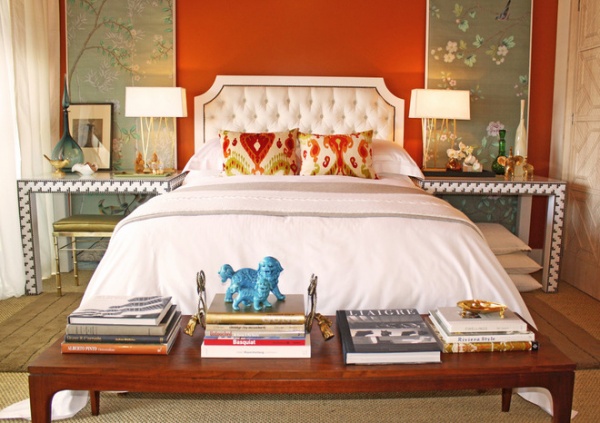
3. Foo dogs are meant to be a pair. Foo dogs are symbolic, protective statues, and they are designed in pairs — one is female, the other is male. The female represents yin, and symbolically protects the people dwelling inside the home, while the male statue, representing yang, protects the structure itself.
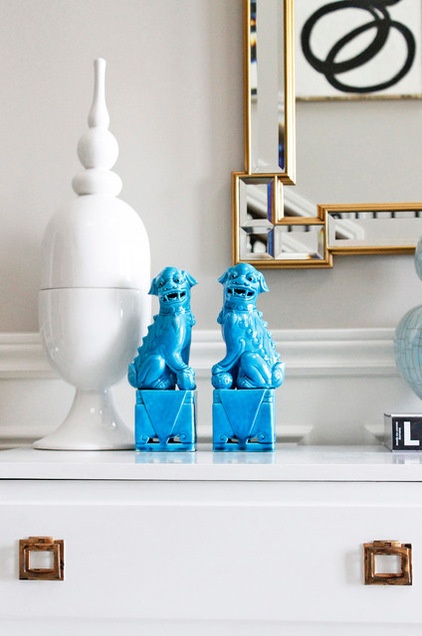
4. Each detail of the foo dog is symbolic. You can tell which foo dog is which by examining what’s beneath the paws: the male dog holds a ball; the female dog holds a puppy. The ball may represent the world, and the puppy may represent nature, or a nurturing spirit. If one of your foo dogs has an open mouth, and the other has a closed one, this may represent the in-and-out breath, or the sound “om.”
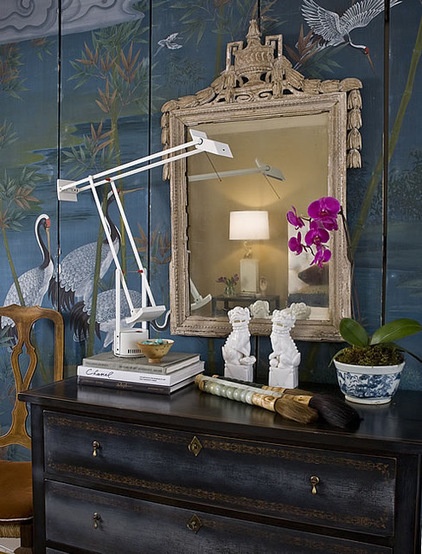
5. There is a right way and a wrong way to position your pair. When you’re facing a pair of foo dogs, the most auspicious placement according to feng shui is with the female (with cub) on the left, and the male (with ball) on the right. And if you have a pair, displaying them together rather than in different rooms is the way to go.
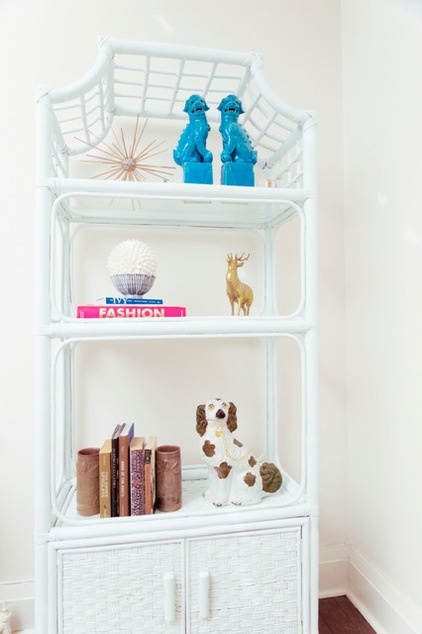
6. Foo dogs and Staffordshire dogs share some symbolism. While Staffordshire dogs originated in 19th-century England, like foo dogs they were used as symbols of protection and status. Staffordshire dogs were often found flanking the fireplace in well-to-do British homes, and were strikingly similar in pose and scale — I can’t help but wonder if they were at all influenced by these ancient guardian statues of China.
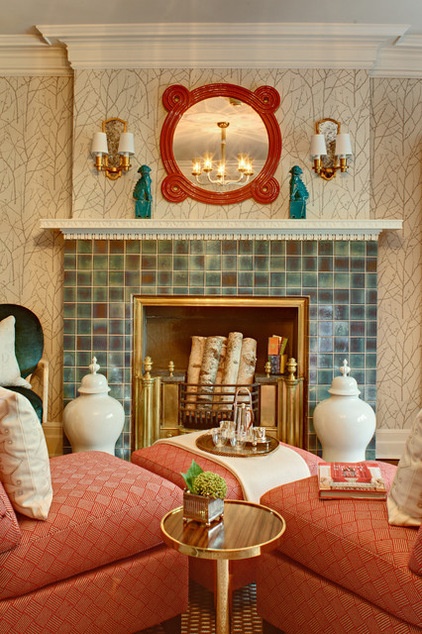
7. Using foo dogs as decor is nothing new. Versions of the foo dog have been used in homes in China as symbolically protective decor for hundreds of years. Whether flanking the front door, perched on the mantel, or given pride of place on a special shelf, these unique creatures have been guarding and adorning homes for ages. Why not add a pair to yours?

Because of their protective symbolism, foo dogs seem especially appropriate in places where they are sure to be noticed. Place a pair on a console in the foyer, or make them a focal point of the living room atop the mantel. Foo dogs also work well as decorative bookends, and look stunning placed at either end of a buffet in a dining room, as shown here.
Tell us: Are you a fan of foo dogs? Share a photo of your little lions in the Comments!
More:
Guardians of the Gate
Soothe Your Spirit With a Buddha in the Garden
Related Articles Recommended












